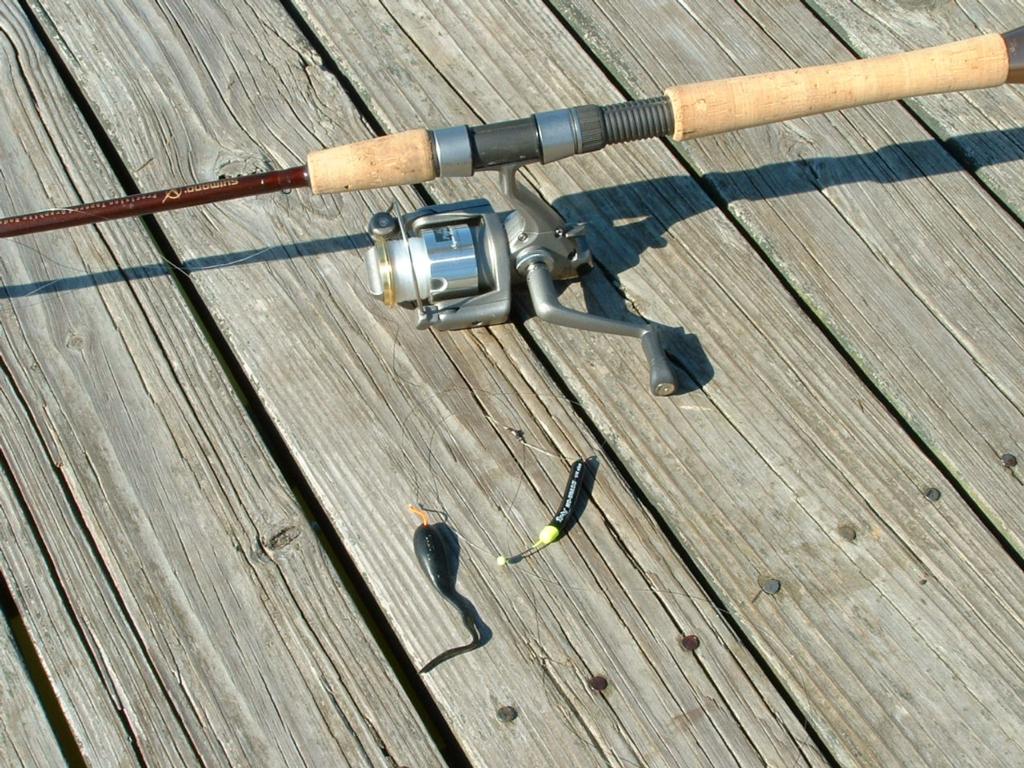‘Rig’-marole walleyes made easy

Live-bait proves effective for catching early season `eyes
Live-bait rigging for walleyes is one of the most basic and time-proven fishing techniques ever invented. Effective especially in early season, clear-water conditions, this presentation catches fish (and lots of them) in lakes, rivers and reservoirs across the entire North American walleye range.
The term “rig fishing” can be traced to legendary anglers, Ron and Al Lindner who launched their fishing careers with the introduction of the Lindy Rig (a pre-packaged hook, line and sinker) in the late 1960s. Variations of this technique have been evolving since that time, and several recent innovations have improved the effectiveness of the “rig” dramatically.
Recent space-age innovations like fluorocarbon line and laser-sharpened hooks – as well as snag-resistant sinkers that are a combination of wood, lead and plastic – have jettisoned rig fishing into the 21st century.
So let’s cut through the rigmarole and bring you up to speed on modern-day rig fishing.
The technique
Considered a finesse technique, most rig fishermen prefer spinning gear. Try a medium-capacity spinning reel, spooled with 6-pound-test monofilament line on a 61/2- to 7-foot, medium-light-action rod. Feel and sensitivity are critical for success with this presentation.
Next, thread on a slip-sinker like a Lindy No-Snagg (available at your area Wal-Mart store) and tie on a swivel. This sinker allows you to work through even the toughest of underwater terrain and keep tackle loss at a minimum. The slip-sinker allows you to feed line when a walleye hits, giving the fish time to ingest the bait.
Many walleye pros are using fluorocarbon for leader line because it is barely visible in the water. Leader length will vary depending on water coloration. Short leaders of 2 feet to 4 feet are usually sufficient in stained water, and lengths of up to 10 to 12 feet may be necessary in clear water. A 6-pound-test leader is usually adequate, but you may want to downsize to 4-pound in clear water.
Let the bait determine the hook size. For leeches, a No. 6 or No. 8 beak hook works well. Try an Aberdeen No. 4 or No. 6 on a night crawler presentation and a No. 4 or No. 6 beak when using a minnow. I strongly recommend colored premium hooks for increased success. They’re worth the extra expense.
Good-quality live bait is an important ingredient. Keep your bait fresh and change it often for best results.
Slow trolling along drop-offs, weed edges and over flats are prime areas to rig fish for walleyes. Back-trolling (running the boat in reverse to maintain pin-point boat control) is a tactic often employed when rigging.
The anticipation generated when a walleye strikes and runs out line, followed by the excitement of a light-line battle, adds up to a quality fishing experience.
So the next time you head to your favorite walleye lake, cut through the rigmarole and tie on a rig for an easy day on the water.